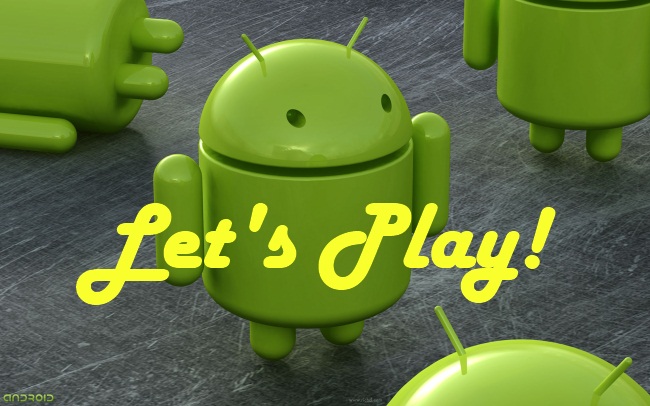
By: Nathan Andrews, Editor
Last month, Google released the latest version of their NDK (Native Development Kit), which allows developers access to the internals of Android systems. I’m not going to get into the differences between managed code (the Java code most Android developers end up writing) and native code, as it’s outside of the scope of this article.
Find out what the new NDK means for people who want to play games on Android after the jump.
There are two primary updates included in r3: The compiler and associated libraries have been updated to GCC 4.4.0, and the introduction of OpenGL ES 2.0. I’ll explain a little about what these mean for the gaming experience.
GCC 4.4.0: This is the primary tool for Linux (the core of the Android system) developers. The update to 4.4.0 means that compiled binaries will be leaner and more efficient, running faster and taking up less of the oh-so-precious application installation space.
What does this mean for gaming?
Smaller binaries means more features in the same amount of space. Less application code leaves the potential for more and better artwork or other media attached to a game. Better-looking games is a win for everyone.
More efficient binaries means that the same code will execute faster and/or use less resources on a device. Every cycle on a mobile processor is precious, costing battery life and performance. Less resources required by programs mean your games will run smoother and won’t kill your battery quite as much.
OpenGL ES 2.0: These are the graphics libraries that allow applications to render graphics on the screen. Since Android is a Linux system, OpenGL is the method of choice (DirectX just simply isn’t an option). The new OpenGL libraries allow for vertex and fragment shading. OpenGL ES 2.0 is also the shader library available to iPhone developers.
What does this mean for gaming?
You like playing games on your iPhone, right? At the most basic level, this means that the same rendering capabilities that are available to iPhone games is now available to Android games. This is a great step forward for Android, and will hopefully spur developers into creating games that look at least as good as the iPhone.
So what does it all mean? Hopefully it means that developers who are taking notice of the fantastic pace of Android adoption will start putting some cycles toward creating mobile gaming experiences that are just as good, if not better than their kin on the fruit-based devices.
Resources:


No Comments